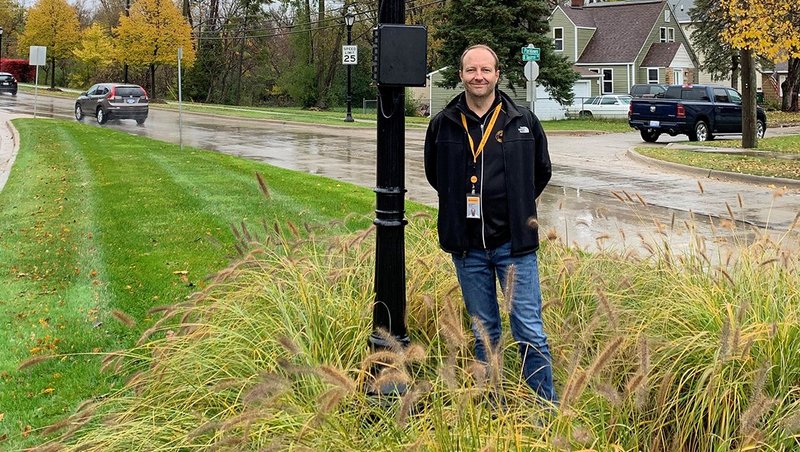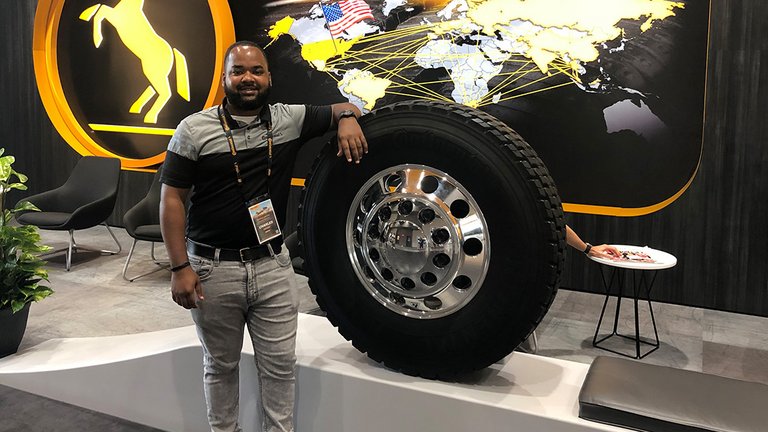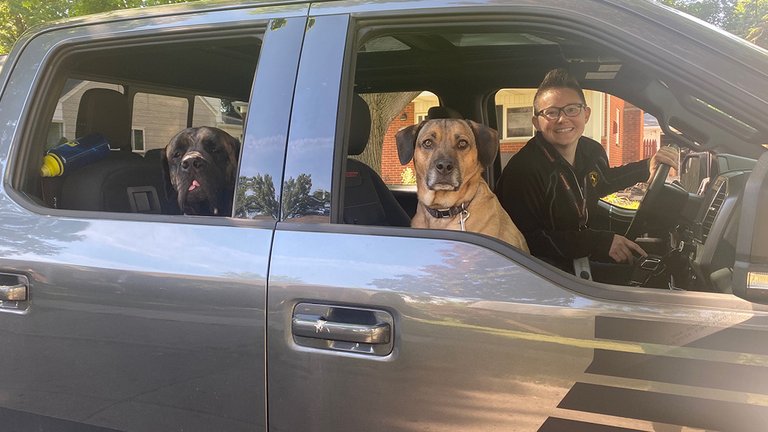Jon Stone: “That Was a Sign to Me: Keep Working on This”
In the wake of tragedy, it’s Jon Stone’s mission to make wrong-way driving fatalities a thing of the past. Our Head of Program Management Research and Advanced Engineering in North America tells us about the technology he and a team of passionate colleagues are developing – and the deep sense of purpose it provides.
This Originated From a Horrific Story, Unfortunately.
In early 2019, when our team got to the CES conference in Las Vegas, I heard from my wife that family friends had been hit and killed by a wrong-way driver on their way back from vacation in Florida. Six people died – both parents, the three kids and the wrong-way driver.
That Pretty Much Triggered This Whole Endeavor.
That same night, I was in an Uber with a couple of my colleagues after the conference and we started spit balling. How can this still be a problem? We have radar and devices that can see other vehicles. We should be able to alert people.
So, We Developed Our Solution.
It’s a roadside device that you mount to the poles of traffic signs on highway exit ramps. We draw on our radar capabilities, applying technologies and sensors typically used to enable vehicle safety functions like blind-spot detection and lane-change assist to roadside infrastructure. A software algorithm builds up enough data to distinguish between a car that is going the right way and a car that is not.
The device sends out an alert via the cellular cloud. We developed a mobile app and a way to automatically communicate with state department of transportation operations centers, which can dispatch police and activate the digital overhead signs you see on highways. We also see the opportunity to integrate the software with Waze, Google Maps and Apple Maps.
We Put Together a Demo and Pushed It Around the Organization.
We showed it at our annual technology showcase in Brimley, Michigan, where we test our products in extreme winter conditions. We had government people there, research organizations – they all gave the thumbs up. Traffic statistics indicate that roughly 300 wrong-way crashes per year produce 400 fatalities in the United States.
People are being killed senselessly. There are ideas for preventing drunk driving, but our approach with automotive radars is a cost-effective solution to alert people who are at risk in addition to the wrong way drivers. There are 58,000 exit ramps on highways in the U.S. Outfitting 58,000 locations should be pretty affordable, considering the potential to save who knows how many lives.
That Was a Sign to Me: Keep Working on This.
As we were heading back from Brimley that night, low and behold, a wrong-way driver was coming at us on I-75 near Gaylord. It’s so sudden. You realize they’re in your lane and going so fast. We had to pull off to the shoulder quickly, gravel flying everywhere. Our colleagues were about a mile back from us and, thankfully, the driver missed them, too. They called us, we called the police, and the police eventually pulled the person over. Luckily, nobody was harmed. But that was a sign to me: keep working on this.
The Feeling of Purpose Is Amplified Beyond Belief.








